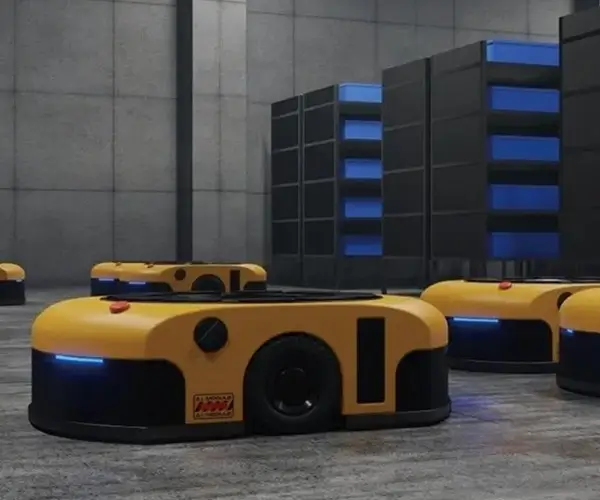Imagine a world where your television, your air conditioner, or even your smart home systems respond instantly to your commands, seamlessly connecting you to entertainment and comfort. Behind this effortless convenience lies an intricate web of technology—specifically, the often-overlooked universe of remote control codes. These tiny strings of digital instructions are the secret keys that unlock the full potential of our electronic devices, transforming simple remote controls into powerful control centers.

Remote controls have been a staple of modern life for decades. They offer a level of convenience that once seemed like science fiction—no more getting up to change the channel or adjust the volume. But beneath the surface of that simple plastic device is a complex system of coded signals that communicate with your appliances, ensuring they respond accurately to your commands. These signals are not random; they follow strict protocols encoded in specific sequences known as remote control codes.
The concept of remote control codes dates back to the early days of electronic entertainment and household appliances. The first remote controls used infrared (IR) technology, where a series of light pulses encoded a set of commands. Each device manufacturer would develop its own set of codes to ensure their products could be operated easily. This created a fragmented landscape—each brand and model had its own unique code, leading to compatibility issues.
To solve this, the industry gradually moved toward the development of universal remote controls—devices engineered to communicate with multiple brands and models using a comprehensive database of codes. These universal remotes came equipped with learning capabilities or pre-programmed code lists, allowing consumers to control their diverse array of gadgets with a single device. The core of these remotes’ functionality relies on understanding the specific code sequences that correspond to each appliance.
But how do these codes manage to control a wide variety of devices? The process begins with the remote control transmitting an encoded signal that the target device recognizes as a command—like changing a channel or turning on. The device then interprets this signal, which has been encoded according to its specific protocol. Typically, remote control signals are composed of a series of pulses, each representing binary data—that is, sequences of '0's and '1's—akin to a language understood by electronic devices.
Understanding remote control codes involves delving into two key concepts: the protocol and the code. The protocol refers to the set of rules that define how data is formatted, transmitted, and interpreted between the remote and the device. For example, IR remote controls follow protocols such as NEC, Sony, RC5, RC6, and others—each with its particular way of framing data and error checking. The code, on the other hand, is the specific information sent within this framework—like the command to 'power on' or 'volume up,' represented as a unique sequence of binary digits.
In practical terms, each device's remote control code is essentially a digital address—think of it as a unique identifier that allows the appliance to recognize which command is being sent. Manufacturers store these codes in the remote control's memory, or in the device itself if it’s a learning remote, allowing for quick transcription of commands into meaningful actions.
One of the most fascinating aspects of remote control codes is their adaptability. Today, many devices support learning remote controls, which can absorb signals from existing remotes and store them as new codes. This feature is particularly useful when replacing a lost remote or assembling a custom universal control. When a remote 'learns' a code, it essentially captures the specific sequence of pulses transmitted by the original remote and saves it in its own memory. This process showcases how flexible and adaptable remote control codes have become in response to burgeoning technological diversity.
The evolution of remote control codes has also been influenced heavily by the rise of digital and wireless technologies. While IR remotes are still widely in use, Bluetooth and Wi-Fi enabled controls are transforming the landscape, allowing for more complex communication protocols that can handle richer data and more advanced functionalities. These newer protocols leverage Wi-Fi networks and Bluetooth connections, offering higher bandwidth and the ability to control multiple devices simultaneously through smart home hubs or mobile apps.
In addition, the advent of smart devices and Internet of Things (IoT) technology has expanded the role of remote control codes beyond traditional use. Now, many appliances are controlled via smartphone apps, voice commands, and automated routines, all of which still rely on underlying encoding protocols—albeit often more sophisticated than simple IR signals. These systems often communicate using complex code sets, encrypted channels, and cloud-based commands, elevating the importance of understanding the fundamental principles of remote control coding.
As we look into the future, remote control codes will likely become even more dynamic and context-aware, integrating AI and machine learning to predict user needs or customize controls intuitively. Imagine a remote that not only understands your command but also anticipates your next move, learning your habits and adjusting accordingly. This progression hints at a future where remote controls—and the codes they use—are seamlessly embedded into our digital ecosystems.
The story of remote control codes is ultimately a story of technological innovation and adaptation. From simple infrared pulses to complex, encrypted digital signals, these codes are what make modern automation and entertainment possible. They are the digital keys that turn our homes into smart environments, providing the convenience and control we often take for granted.
Leveraging innovations in modular drive technology, Kpower integrates high-performance motors, precision reducers, and multi-protocol control systems to provide efficient and customized smart drive system solutions.




































